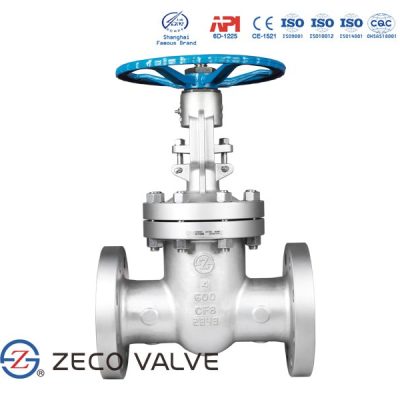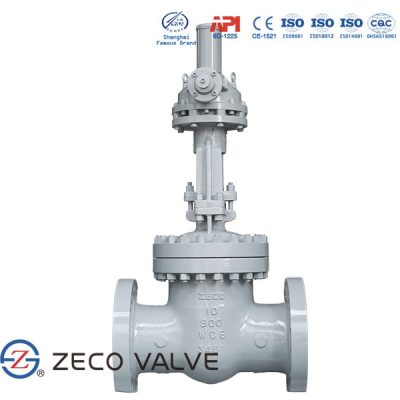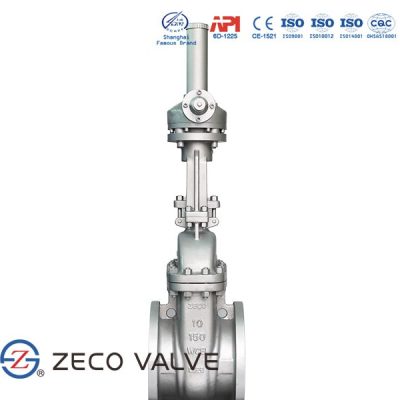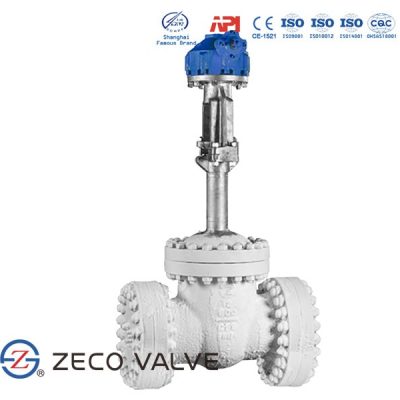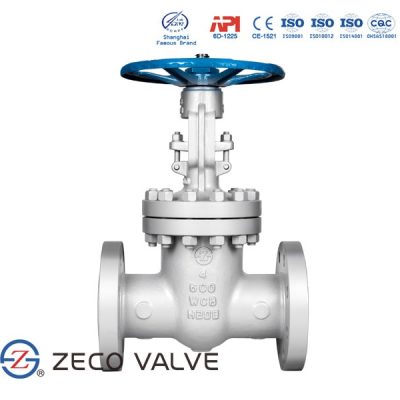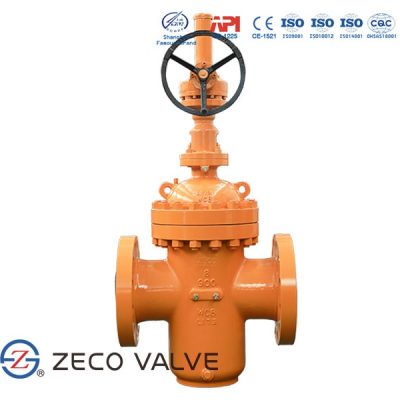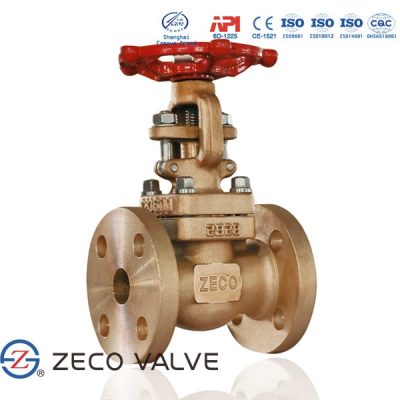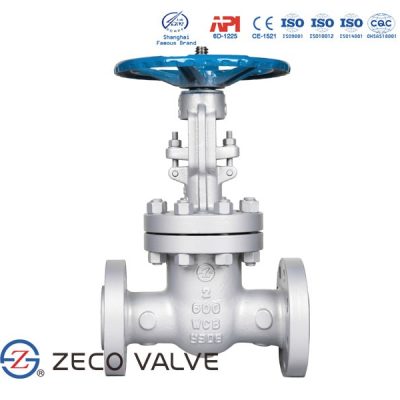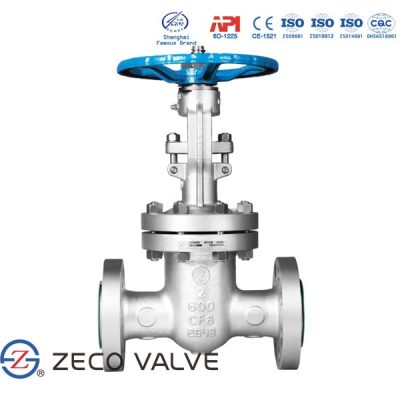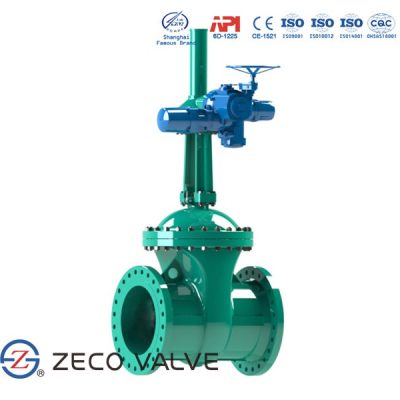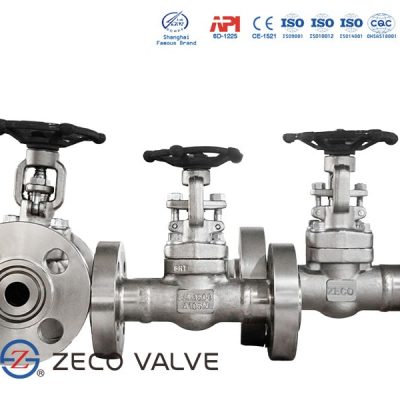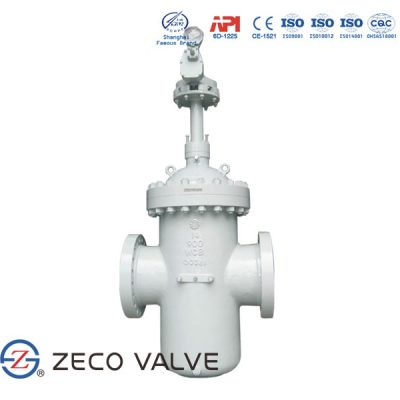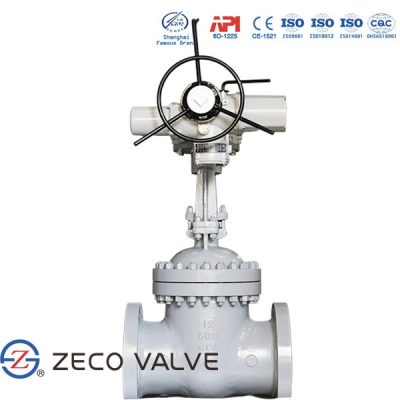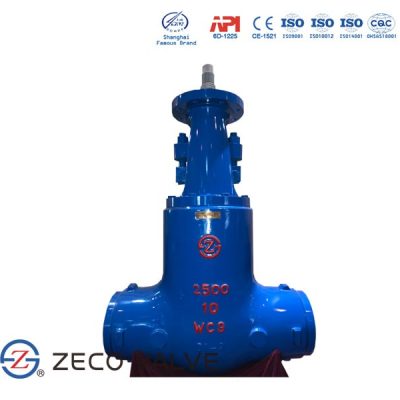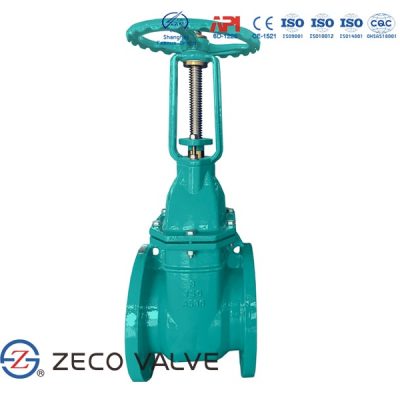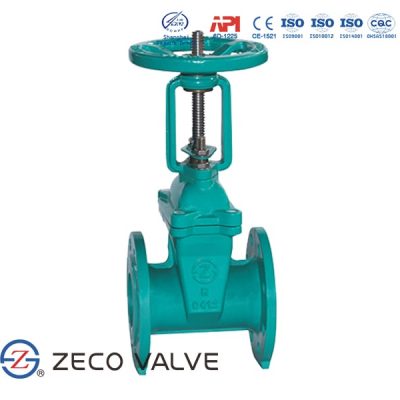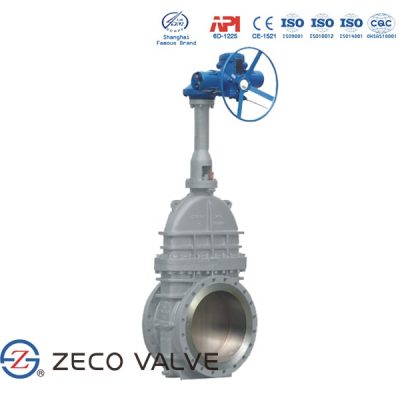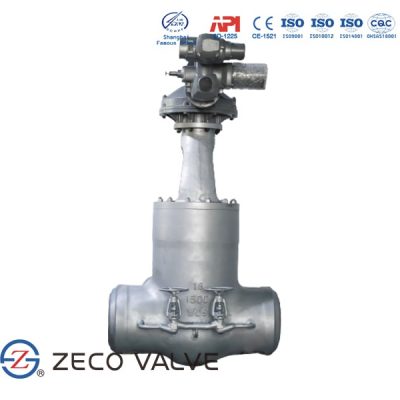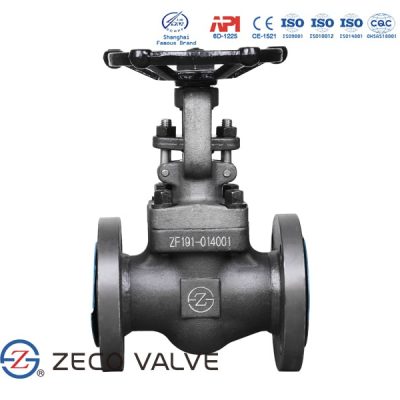Technically OS&Y stands for ‘Outside Screw and Yoke’.
What is an OS&Y Valve?
The OS&Y valve means outside screw and yoke or outside stem and yoke valve. That means that when the handle is turned it directly raises and lowers the gate of the valve by interacting directly with the stem of the valve.
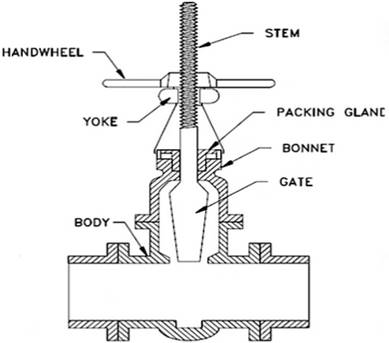
How does an OS&Y Valve work?
The handle and the stem are both threaded so they interact together. The stem of the valve itself raises and lowers visibly outside the body of the valve, while the handle remains in a fixed position. As the stem rises the gate inside the body of the valve rises in unison letting water flow through the body of the valve. With an OS&Y valve it is always clear whether the valve is open or closed.
When are OS&Y Valves Required?
OS&Y valves visibly show whether the valve is opened or closed which differs from a domestic water service where you can simply turn on the shower or sink to test its functionality. When the stem of the OS&Y is raised out of the body you know the water is on. With other water gate valves, visual inspections will not determine if the valve is opened or closed.
Advantages of OS&Y Valve
- OS&Y valves have a low-pressure loss when closing or opening.
- They can work in slurry applications.
- OS&Y valves can be used in high-pressure and high-temperature applications.
- OS&Y valves can be repaired.
- These valves are versatile as they can be used in different industrial applications.
- OS&Y valves are bi-directional valves.
- OS&Y valves provide perfect shut-off because the contact between the seat and the gate extends over the whole circumference.
If an OS&Y valve leaks or the handle will not move
On every OS&Y valve there is a packing nut, or packing screws. The purpose of these is to hold the packing material of the valve tightly in place so there are no leaks. Sometimes the packing nuts can be too tight or too loose.
If the valve handle on an OS&Y valve will not move, the packing may be too tight. Do not use brute force to make the handle move. Simply loosen the packing nut or packing screws a couple of turns. The handle should then move freely. Afterwards remember to tighten pack the packing.

